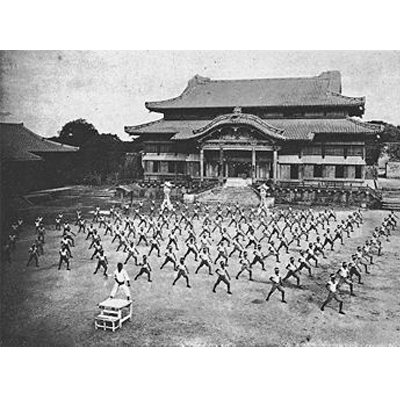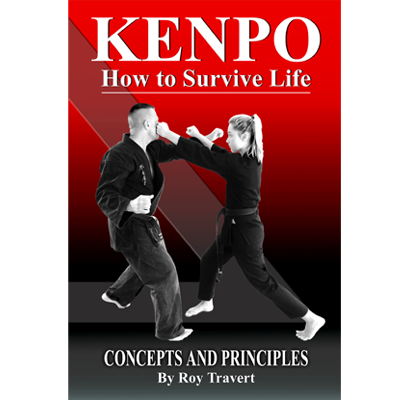Exploring the Rich Heritage of Okinawan Martial Arts
Okinawan martial arts, deeply rooted in centuries of history and tradition, stand as a testament to the resilience and ingenuity of the island's people. Known for their practicality, efficiency, and emphasis on personal development, these ancient fighting systems have captivated practitioners and enthusiasts around the world.
Originating from the Ryukyu Islands, Okinawan martial arts have a complex lineage, influenced by various cultural exchanges and historical events. Among the most renowned disciplines are Karate, Kobudo, and Toshu Jutsu, each offering unique insights into the island's martial heritage.
Karate, perhaps the most famous of Okinawan martial arts, traces its roots back to indigenous fighting methods developed on the island. Over time, it evolved into a refined system of striking, blocking, and grappling techniques, emphasizing both physical prowess and mental discipline. With its emphasis on kata (forms), kumite (sparring), and kihon (basics), Karate serves as a holistic path to self-improvement and self-defense.
Kobudo, meaning "ancient martial way," complements Karate by focusing on traditional weapons training. Practitioners learn to wield weapons such as the bo (staff), sai (truncheon), nunchaku (flail), and tonfa (handled club) with precision and skill. Through the study of Kobudo, students gain a deeper understanding of Okinawa's martial history and the practical applications of various implements in combat.
Toshu Jutsu, or Okinawan Te, represents the indigenous fighting arts of the Ryukyu Islands before the influence of mainland Japanese martial traditions. Characterized by close-quarters combat techniques, joint locks, and throws, Toshu Jutsu embodies the pragmatic approach of Okinawan warriors, who adapted their fighting methods to survive in a turbulent world.
Central to the practice of Okinawan martial arts is the concept of karate-do, or "the way of the empty hand." Beyond physical techniques, karate-do emphasizes moral and ethical principles, encouraging practitioners to cultivate humility, respect, and perseverance. It is this holistic approach to personal development that distinguishes Okinawan martial arts from mere combat systems.
Today, Okinawan martial arts continue to thrive both in their place of origin and across the globe. Renowned masters preserve and pass on their knowledge to future generations, ensuring that the legacy of these ancient fighting traditions endures. Through dedicated practice and study, practitioners of Okinawan martial arts not only hone their physical skills but also embody the timeless virtues of courage, integrity, and honor. In a world of constant change, the timeless wisdom of Okinawan martial arts serves as a guiding light, inspiring individuals to strive for excellence in both body and spirit.



